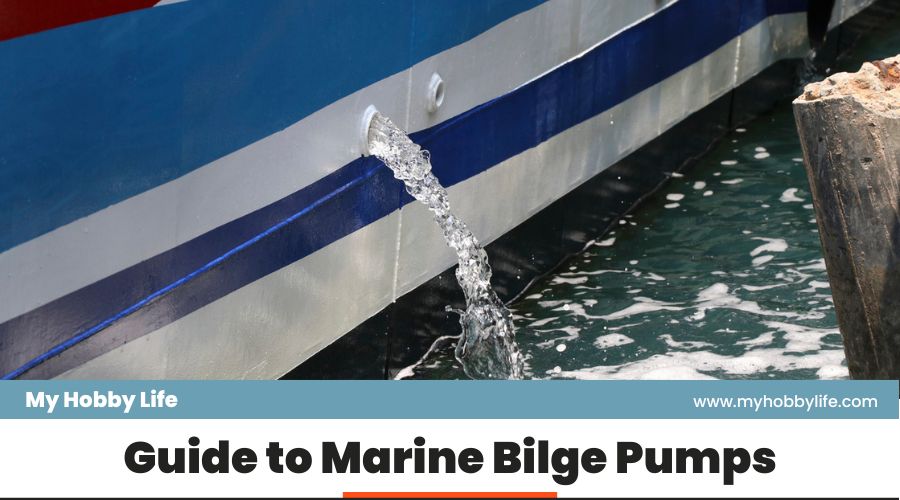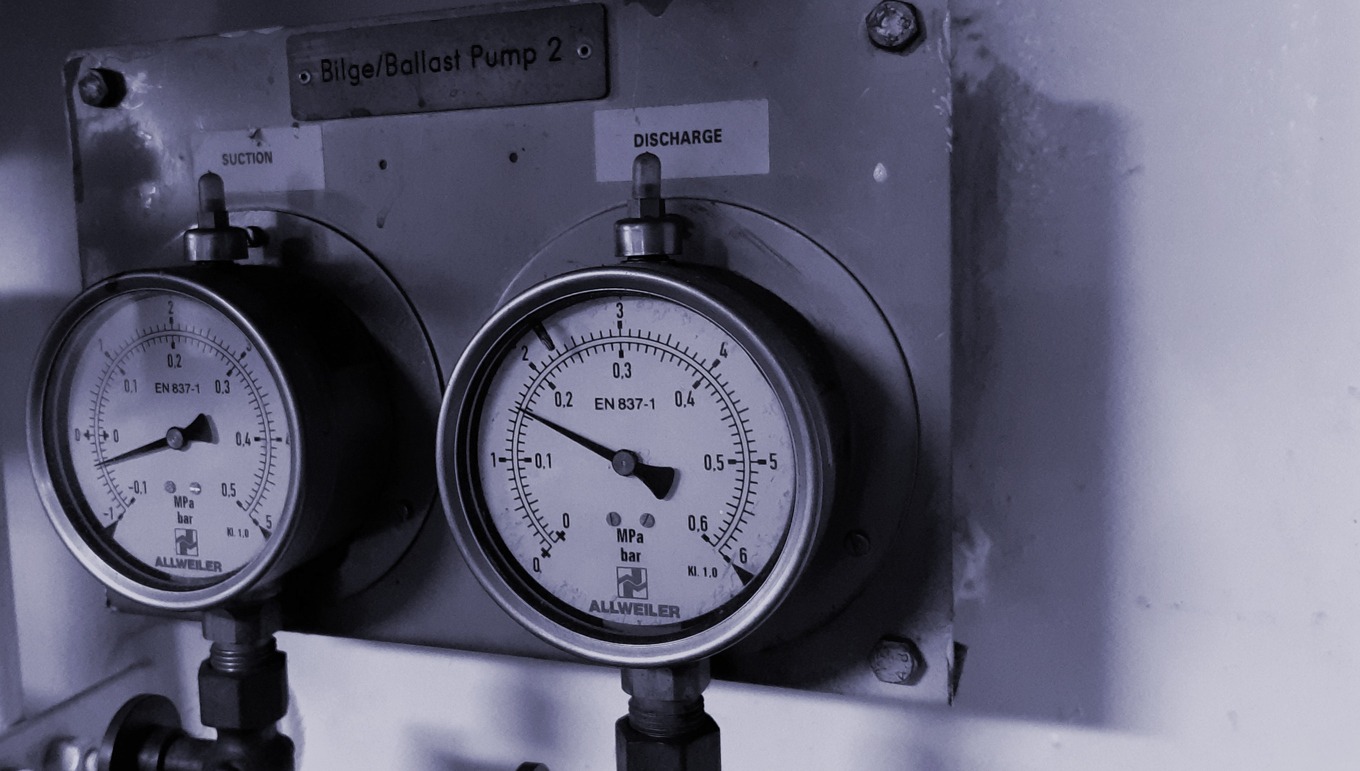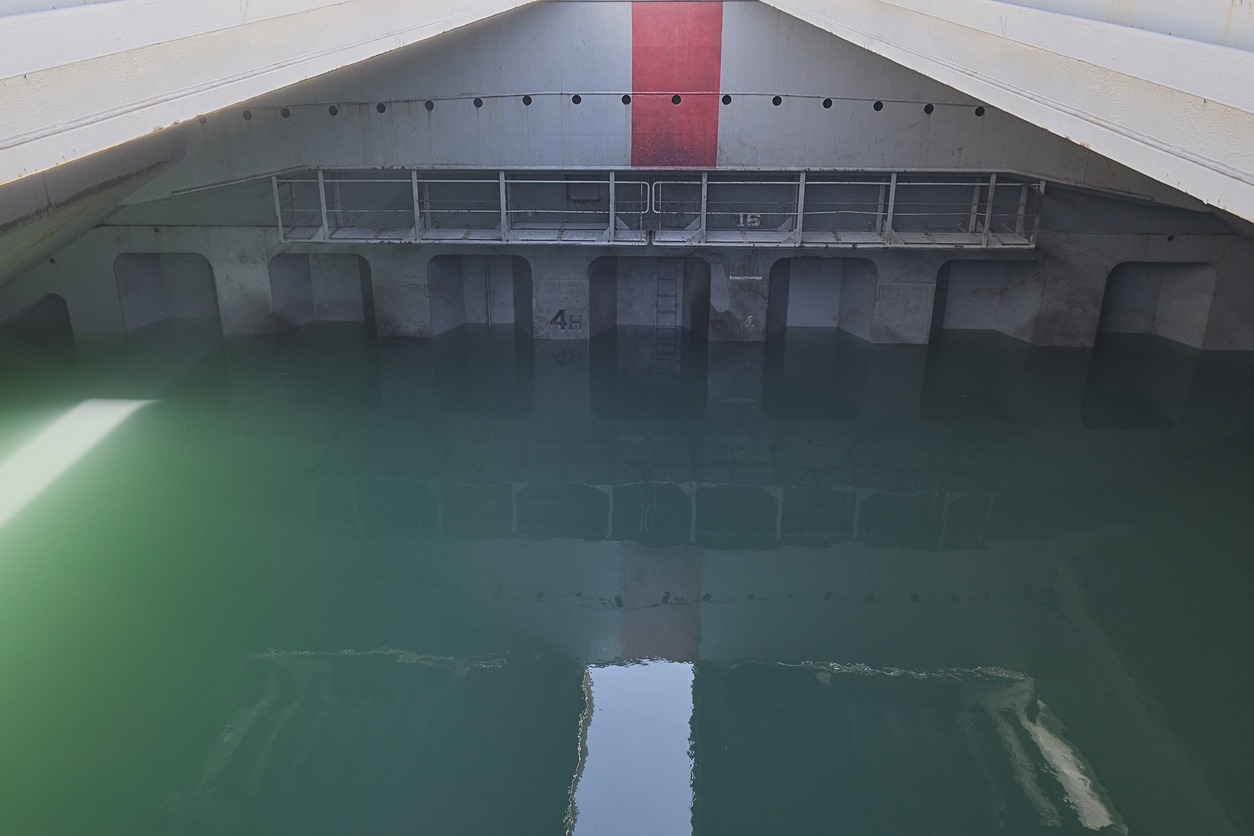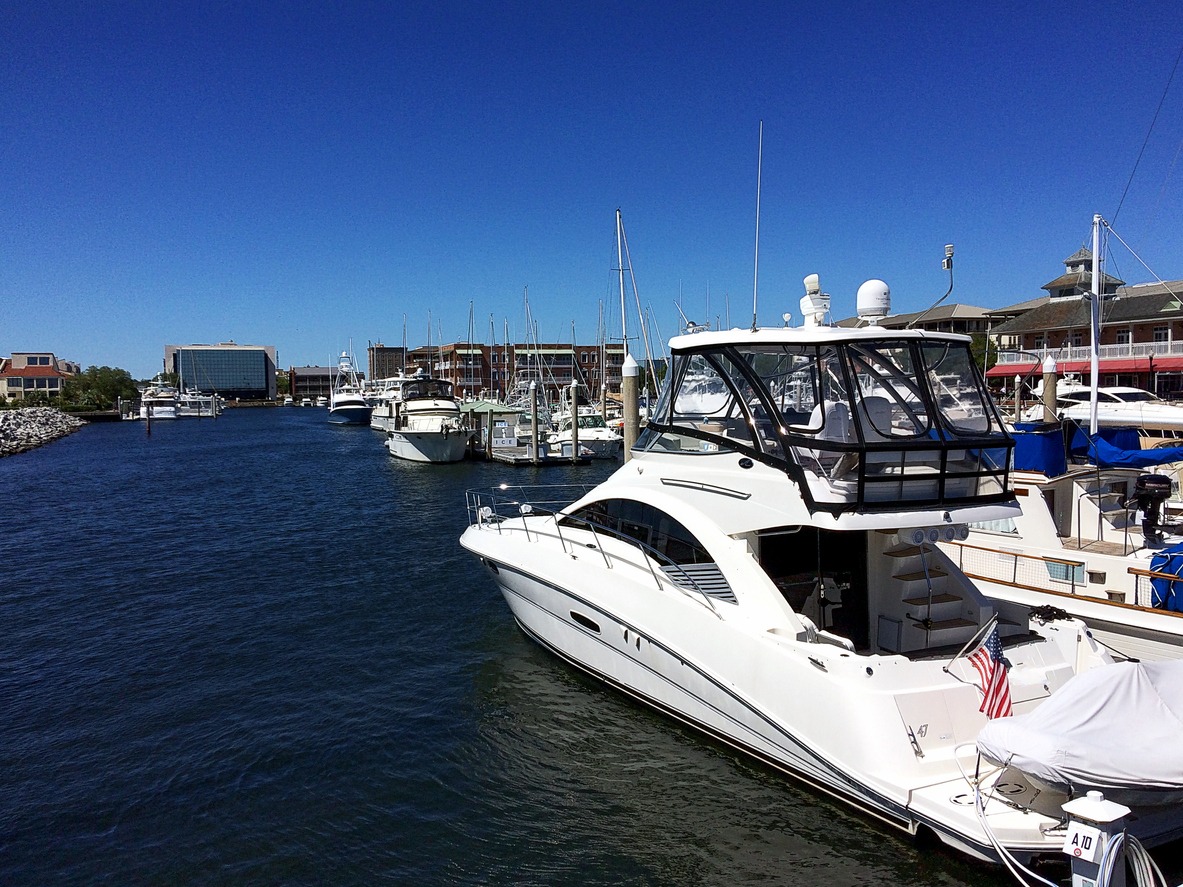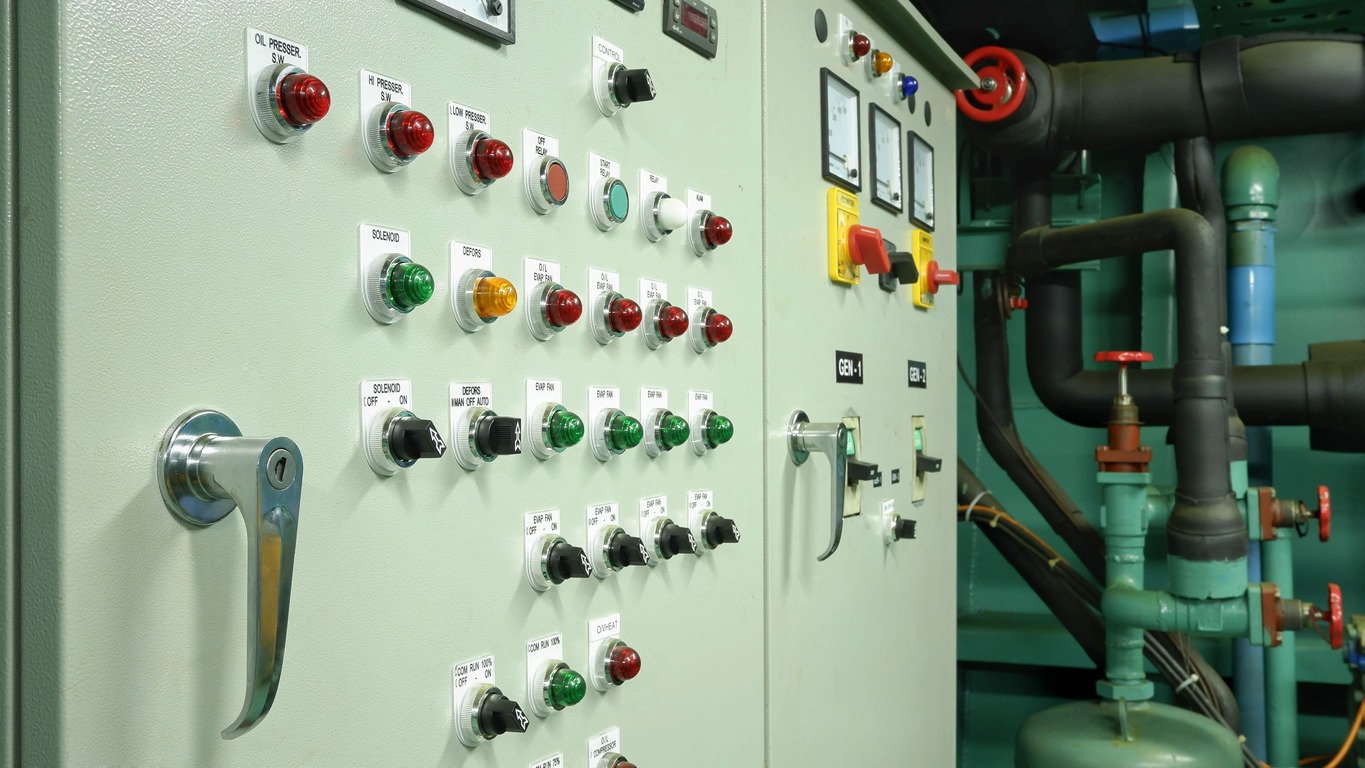So, what is a bilge pump? Many new boaters may end up asking this question. For without this, there are so many things that could go wrong. The marine bilge pump has a vital role in the operation of vessels. Water or other liquids will run into the bilge well where it should be empty. So, marine bilge pumps help boaters or mariners improve the performance of the oily water separator. The oily water separator on board ships separates oil from oily wastewater, such as bilge water before discharging it into the environment.
Bilge water is an unavoidable product of shipboard operations from running machinery oil leaks such as diesel generators, air compressors, and the main propulsion engine. It is where bilge pumps come into play. These systems help regulate the water levels inside the boat to keep too much water from gathering at the bottom. Also, by installing bilge pumps, you can prevent flooding and keep your vessels in good shape.
Moreover, it is also a legal requirement for a boat to install marine bilge pumps. If you own a boat and want to take it into the deep oceans, the best and most reliable bilge pumps on your vessel are needed. The larger vessel, the more working pumps you need to have.
Why do you need marine bilge pumps?
Improves the Safety of the Boat
Marine bilge pumps improve the safety of most boats. Most boats are manufactured with bilge pumps, so owners have to understand their function and how they work.
Most boat bilge pumps come with an automatic float switch. This switch turns the pump on whenever water rises above a certain level. This way, you do not always have to check your bilge.
Serves in Emergencies
A small puncture in the boat can cause water to flood in, so in this case, the pump works by ejecting the water out faster than it comes in. But you cannot rely on the pumps to keep the boat floating as this function only buys you some time to fix the puncture as soon as possible.
It is better to install a designated emergency bilge pump with the highest capacity possible. Also, in emergency cases, you can use ballast and firefighting pumps to help pump out the water.
What are the types of marine bilge pumps?
Generally, all marine bilge pumps have the same use in a boat but vary in type, size, and pumping capacity. They can be manual bilge pumps or automatic ones. Here are the different types of bilge pumps and how each works.
Centrifugal Bilge Pumps
Centrifugal bilge pumps are the most widely used and known for their high capacities, simple design, ability to handle small debris, and low cost. This bilge pump is the best option when a large amount of water from the vessel is needed to remove.
There are two common types of centrifugal bilge pumps. These are the following:
Submersible bilge pumps are for smaller vessels. These are waterproof and installed inside the bilge well.
Horizontal bilge pumps are the right choice for ships. These are stronger and more versatile as they draw the water out through pipes.
Both are high-capacity and affordable pumps which need easy maintenance. However, it needs priming to operate before a centrifugal pump can remove any water. You fill it with water first and can never remove all the water from the wells. There will always be remaining bilge water which will need another type of pump removal.
Diaphragm Bilge Pumps
Diaphragm bilge pumps are for small and medium-sized boats. Unlike centrifugal bilge pumps, these pumps have lower pumping capacities and are not the best at handling debris.
However, their use is significant in smaller vessels as, unlike centrifugal pumps, they can function without priming and remove all the water in the bilge.
There are three types of diaphragm bilge pumps.
Single-diaphragm has a single diaphragm pulling and pushing the liquid around.
Double-diaphragm has two diaphragms placed parallel to each other in separate chambers. The compressed air takes turns entering. One is pushing that diaphragm closed while at the same time pulling the other open.
Manual diaphragm pumps are required in a small vessel and are not electronically powered. You can use a lever to pull the diaphragm open and push it closed manually.
Reciprocating Bilge Pumps
These self-priming pumps can eliminate all bilge water from your boat and have an easier time pumping vertically. They can also handle the removal of highly viscous liquids but are bad at dealing with debris. So, you will need to install a filter at the suction hose.
Flexible Impeller Pumps
Flexible impeller pumps are affordable pumps that use a rubber impeller and a cam to remove all the water from bilge wells. They are self-priming and capable of carrying solids and debris.
However, they have lower pumping capacities, and you should never run a flexible impeller pump dry. It can cause the rubber impeller to wear down without water.
Guide to Choosing the Right Marine Bilge Pump
Taking the time to choose the right pump for your boat means saving it from sinking and using it for longer times. However, selecting the most appropriate bilge pump for your boat can be challenging for some people.
Moreover, knowing what you are looking for ahead will save you from spending a lot of money on a pump that does not fit your everyday bilge pump needs. Here are some guides to consider before purchasing a bilge pump for your boat.
Type of Bilge Pump
The selection of bilge pumps primarily depends on the type or size of the boat you have and the condition of your bilge.
Larger vessels mostly use centrifugal bilge pumps because they require high pumping capacities. But because centrifugal pumps are incapable of removing all the water out of the bilge wells, therefore, some other types of pumps can be used in combination with it to eliminate the bilge water.
In the case of smaller vessels, the options are more diverse. The two widely used pumps are centrifugal pumps and diaphragm pumps.
A manual bilge pump is also vital if you do not have a giant ship. If the electrical system shuts off, the only way to save your boat and buy time is by using a manual bilge pump.
Amount of GPM Needed from a Bilge Pump
A GPM, or gallons per minute, refers to your bilge pump’s pumping performance or flow. The bilge pump can drain the boat bilge faster if you have a higher GPM. The bigger the pump, the more GPM it will have. Henceforth, consider getting the highest GPM reasonable for your boat.
Quantity of Bilge Pumps you Need
Large vessels may need three or more bilge pumps because every room in your boat where water cannot flow needs a bilge pump. For smaller boats, you can have one or two bilge pumps in every watertight area.
Power of Bilge Pumps
Generally, marine bilge pumps use the ship’s engine or emergency generators for power. Moreover, an emergency bilge pump should have its own power supply.
It is also better to follow the directions in the manufacturer’s manual to clear up potential problems, especially for smaller boats, from the battery voltage to the wire gauge.
In conclusion, getting the right marine bilge pump for your boat is essential before hitting the deep seas. Your bilge pump is your last line of defense. If it fails, your ship is going down. Moreover, it is also essential to test, check, and have good maintenance for your bilge pumps, so they can function longer while having a safe and pleasant boating experience.
